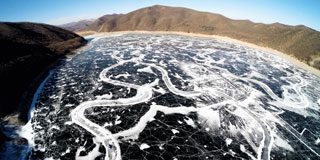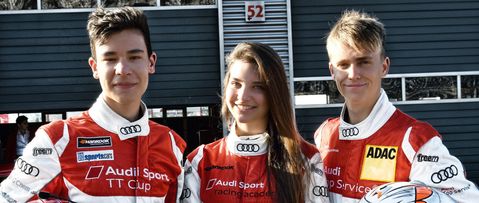
Audi Sport racing academy
From the ice onto the racetrack
Muonio is where it all begins. 200 kilometres north of the Arctic Circle in Finland, three young racing drivers get together over the last weekend in March for their first professional training session. Later the idea is for them to push themselves right to the limit on the racetrack asphalt.
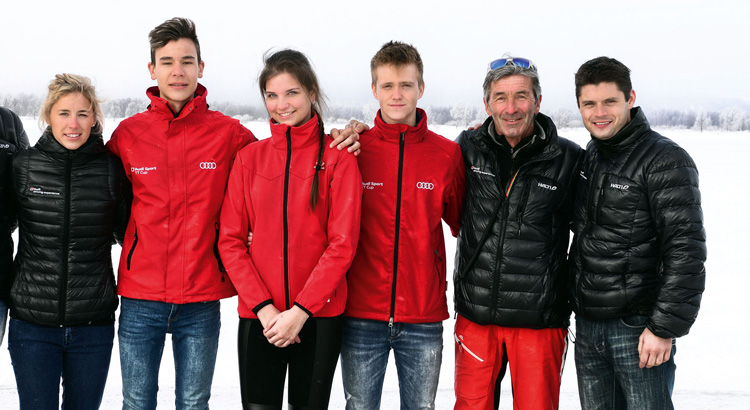
But first they have an appointment in their diary which sounds a little unusual: racetrack drivers are to demonstrate their skills on ice. Nicklas Nielsen, 19 years old, the 16-year-old Sheldon van der Linde and Vivien Keszthelyi, who is just 15, are the three up-and-coming drivers in the Audi Sport racing academy. Audi takes them out onto the treacherous ice in these extreme northern climes. On a frozen lake they have to demonstrate how well they can control a car on the slippery surface.
What does that have to do with the grip provided by slicks on a racetrack? “Our young hopefuls should learn how to control the vehicle there,” explains Sepp Haider. The Austrian sports director of the Audi race experience and coordinator of the Audi Sport racing academy, must know. After all, he astounded fans for decades with white-knuckle drifts along the special stages in international rallying. “Sheldon, Nicklas and Vivien have to learn what they need to do at the limits. They need to learn how to brake with their left foot, which is not only useful in rallying, but in motor racing too. They all did it well. It is also very useful for racing drivers to learn how to handle a car on ice, even though they are always just on slicks or wets on asphalt. Then it’s easier to deal with a sudden oversteer during the race.”
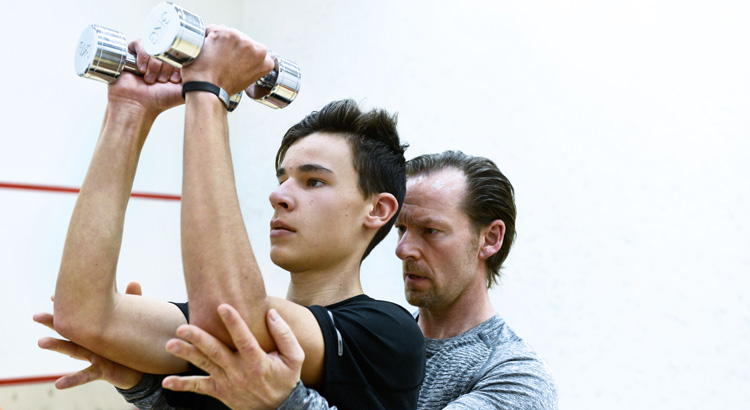
No sooner said than done: the four young drivers spend four days drifting toward their training goal and have lots of fun on the way. “I’ve made substantial progress with my driving technique on the ice,” says Sheldon van der Linde from South Africa. “The drifts between braking and accelerating are amazing. It was crazy and I have learned so much,” Vivien Keszthelyi from Hungary admits. And the Dane Nicklas Nielsen adds: “I’ve made progress particularly with braking. That way I can make better use of the grip I have on the track.”
The junior drivers have seven academy dates between March and December in their diary – plus individual racing programmes. Following the kick-off in Muonio, the next stops will take them to the Nürburgring, the Audi driving experience center in Neuburg an der Donau, the EuroSpeedway Lausitz, the Red Bull Ring in Austria, back to the Nürburgring, and finally to the Ascari racetrack in Spain.
The programme content is wide-ranging: from training on ice, fitness, diet, tuning of production and racing cars, and technology seminars, through to PR and media training, classes on rules, mental training and driving the Audi R8 LMS and the Audi TT cup, the young drivers learn everything they need.
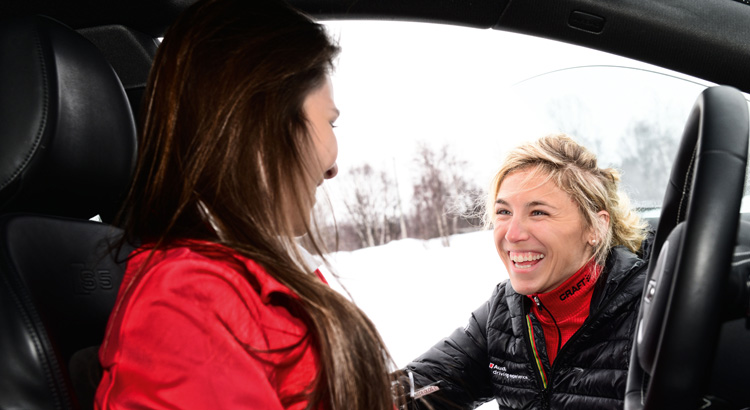
The talented young drivers benefit from a professional, experienced support team. Professional drivers Rahel Frey and Pierre Kaffer, together with Sepp Haider, make up the team of mentors. Plus there are trainers covering the technical aspects – everything from an engineer, rules expert to a physiotherapist.
“The four days during our first meeting in Finland were great,” admits mentor Rahel Frey. “We got to know the candidates with their strengths and weaknesses and watched how they battled it out during the training on ice. All have potential and are highly motivated, which is also a great incentive for us. Now each of us needs to focus on their personalities and provide them with the best possible support.”
The workload for the young drivers is enormous – and yet balanced; it supplements the time on the racetrack with thorough training. Whether it’s handling the racing car or personal skills, the young hopefuls are prepared for all areas of life as a motor racing driver.
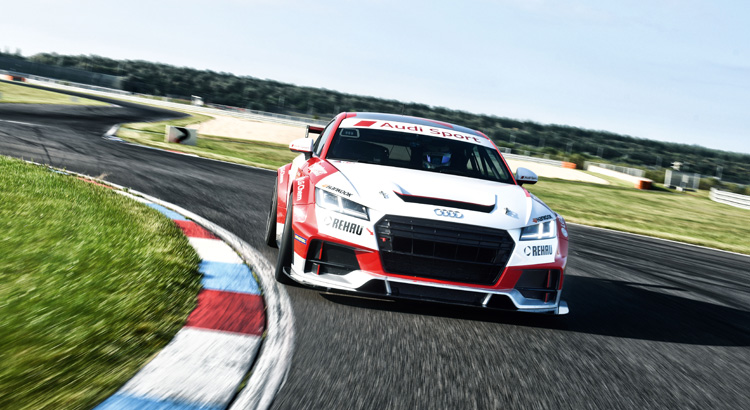
Physical fitness isn’t left to chance either, with Markus Riedel making sure the young hopefuls stay in tip-top shape. “What I do is to filter the movements of motor racing drivers beforehand,” says the physiotherapist. “How do the drivers use their hands or ankles, what movements are typical? We filter that out and input what they have not yet mastered. What we aren’t looking for is as wide a spectrum as with classic fitness training, but homing in on the details.”
You shouldn’t underestimate what difference it makes. “If we’ve done our work well, a driver is more agile in the cockpit, has greater stamina and can cope with pain better. That influences their reactions and perception as well as their own composure,” says Riedel.
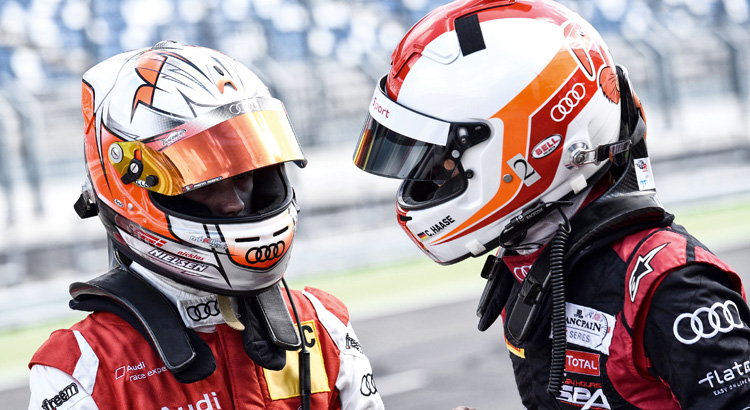
Mastering the sports equipment is at least just as important. You’d be hard pushed to find another sport where the hardware is as complicated as it is in motor racing. Electronic recordings enable the data to be analysed. Driving errors such as incorrect braking points or operating mistakes are much easier to spot than in the early days of motor racing. Experienced racing drivers know all too well just how easy it is to get swamped by the huge amounts of data running into gigabytes. Engineers help the three candidates navigate their way through the chassis and aerodynamics data, assist them with data analysis and teach them how to use the tyres.
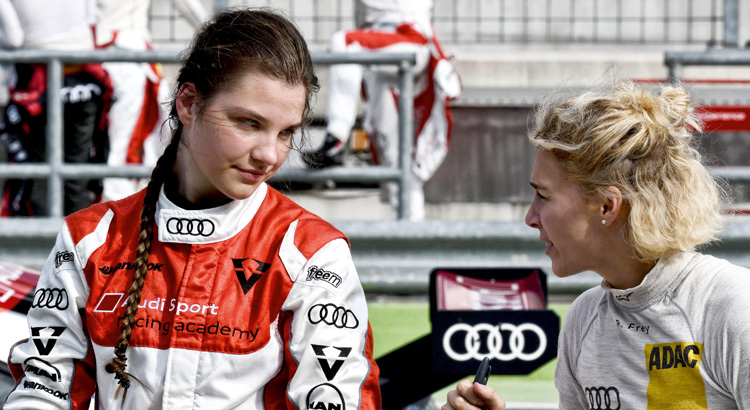
During the event in Neuburg an der Donau in May 2016, Head of Audi Motorsport Dr Wolfgang Ullrich and DTM driver Nico Müller also took the time to meet up with the young drivers. The driver trio will undergo an intensive programme through to the end of the year. Sheldon van der Linde and Nicklas Nielsen are also regular entrants in the Audi Sport TT Cup and have to demonstrate their skills in competition. The young drivers’ fitness is also analysed at the end of the year, along with their performance on the racetrack. At which point the next stage kicks in. The Audi Sport racing academy checks whether van der Linde and Nielsen are ready to move up into the GT3 sports car, while the young Vivien Keszthelyi is about to move into the Audi Sport TT Cup.
“The collaboration with our young hopefuls has panned out really well in the first year,” says Pierre Kaffer. “Everyone can take away something from these academy meetings – the young drivers as well as the trainers and us mentors. All three young hopefuls are talented drivers and we saw clear progress right from the very first training sessions.” So the Audi Sport racing academy will hopefully smooth the way for the young talented drivers into professional racing, which began in 2016 in the solitary north of Lapland.
